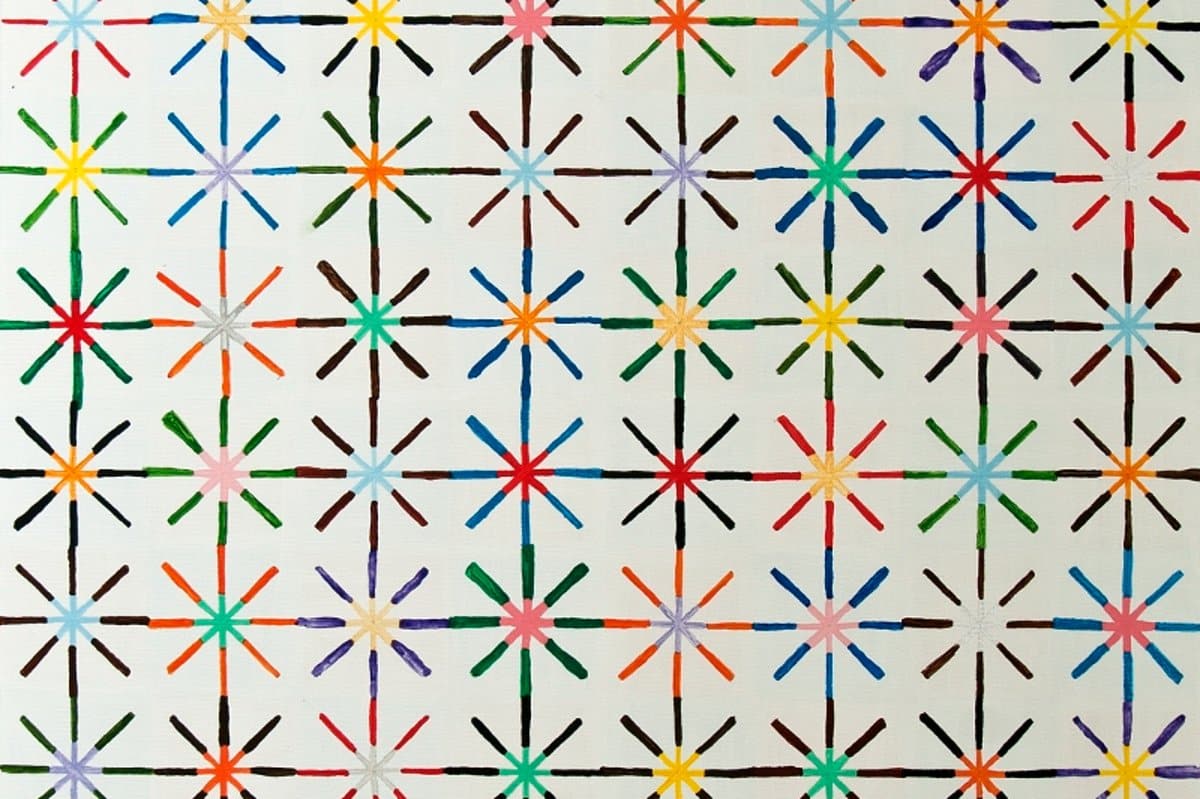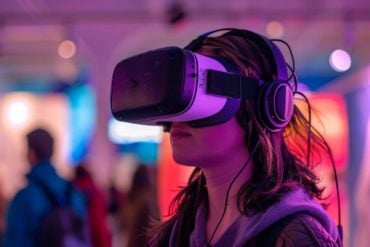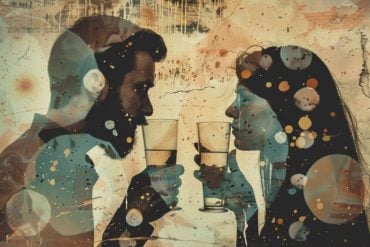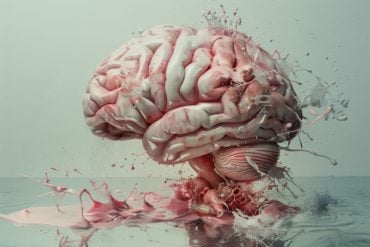Summary: Mice are susceptible to a visual phenomenon known as neon color spreading, commonly seen as an optical illusion in humans. The study utilized both electrophysiology and optogenetics to explore how different levels of neurons contribute to the perception of brightness.
This breakthrough confirms that such illusions can be a valuable tool in neuroscience, providing insights into sensory processing and the hierarchical functioning of neurons. The findings support the use of mice as viable models for studying complex perceptual processes and may advance our understanding of consciousness.
Key Facts:
- Innovative Techniques: The study is pioneering in its simultaneous use of electrophysiology and optogenetics to study how visual illusions are processed by the brain.
- Neural Layers Involved: The research identifies that while V1 neurons respond to both illusory and non-illusory stimuli, V2 neurons intensify the illusion by modulating V1 activity, highlighting their role in brightness perception.
- Implications for Neuroscience: Demonstrating that mice can perceive optical illusions similar to humans suggests new possibilities for using animal models to investigate neural mechanisms of perception and consciousness.
Source: University of Tokyo
For the first time, research shows that a certain kind of visual illusion, neon color spreading, works on mice.
The study is also the first to combine the use of two investigative techniques called electrophysiology and optogenetics to study this illusion.
Results from experiments on mice settle a long-standing debate in neuroscience about which levels of neurons within the brain are responsible for the perception of brightness.
We’re all familiar with optical illusions; some are novelties, while some are all around us. Even as you look at the screen in front you, you are being fooled into thinking that you’re seeing the color white.
What you’re really seeing is lots of red, green and blue elements packed so tightly together it gives the impression of being white. Another example is a fast rotating wheel or propeller, which can briefly look like it’s reversing direction while it’s accelerating to full speed.
In any case, it might be surprising to know that optical illusions are not just fun to look at but can also be a useful tool to learn more about eyes, nerves, minds and brains.
Associate Professor Masataka Watanabe from the Department of Systems Innovation at the University of Tokyo is on a mission to understand more about the nature of consciousness.
It’s a vast subject area so naturally there are many ways to explore it, and amongst other things, he uses optical illusions.
His most recent research looked at whether a certain kind of illusion that works on humans would also work on mice. And it turns out, it does. But why is this significant?
“Knowing this kind of illusion, called a neon-color-spreading illusion, works on mice as well as humans, is useful for neuroscientists like myself, as it means that mice can serve as useful test subjects for cases where humans cannot,” said Watanabe.
“To really understand what goes on inside the brain during perceptual experiences, we need to use certain methods that we cannot use on people.
“These include electrophysiology, the recording of neural activity with electrodes, and optogenetics, where light pulses enable or disable firing of specific neurons in a living brain.”
Watanabe’s experiment was the first of its kind to make use of both electrophysiology and optogenetics at the same time in animal test subjects exposed to the neon-color-spreading illusion, which allowed his team to see precisely what structures within the brain are responsible for processing the illusion.
“After a visual stimulus lands on the eye, it’s carried to the brain by nerves and is then received by a series of layers of neurons called V1, V2 and so on, where V1 is the first and most basic layer, and V2 and above are considered higher layers,” said Watanabe.
“There is a long-standing debate in neuroscience about the role higher levels play in the perception of brightness and it was not an easy thing to study.
“Our experiment on mice has shown us that neurons in V1 responded not just to the illusion, but also to a nonillusory version of the same kind of pattern shown.
“But only when the illusory version was shown to the mice did neurons in V2 also play a crucial role: that of modulating the activity of neurons in V1, thus proving that V2 neurons do in fact play a role in the perception of brightness.”
This experiment has shown that mice models can be effective in this area of neuroscience. Watanabe hopes this is just the beginning and that such experiments will help toward his grand aim of clarifying the neural mechanism of consciousness.
Funding: This work was funded by the Max Planck Society and the Helsinki Institute of Life Science at the University of Helsinki (NT).
About this visual neuroscience research news
Author: Rohan Mehra
Source: University of Tokyo
Contact: Rohan Mehra – University of Tokyo
Image: The image is credited to Andy Parkinson (CC by S.A 3.0)
Original Research: Open access.
“Brightness illusions drive a neuronal response in the primary visual cortex under top down modulation” by Masataka Watanabe et al. Nature Communications
Abstract
Brightness illusions drive a neuronal response in the primary visual cortex under top down modulation
Brightness illusions are a powerful tool in studying vision, yet their neural correlates are poorly understood. Based on a human paradigm, we presented illusory drifting gratings to mice.
Primary visual cortex (V1) neurons responded to illusory gratings, matching their direction selectivity for real gratings, and they tracked the spatial phase offset between illusory and real gratings.
Illusion responses were delayed compared to real gratings, in line with the theory that processing illusions requires feedback from higher visual areas (HVAs).
We provide support for this theory by showing a reduced V1 response to illusions, but not real gratings, following HVAs optogenetic inhibition. Finally, we used the pupil response (PR) as an indirect perceptual report and showed that the mouse PR matches the human PR to perceived luminance changes.
Our findings resolve debates over whether V1 neurons are involved in processing illusions and highlight the involvement of feedback from HVAs.







